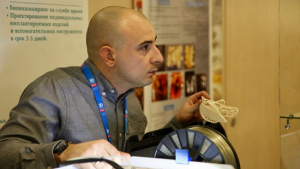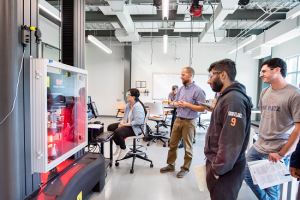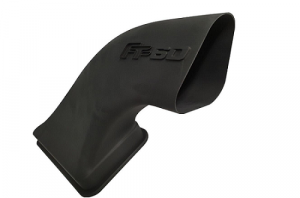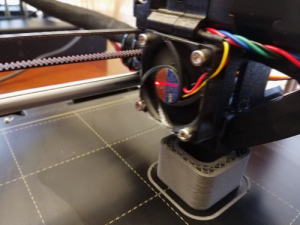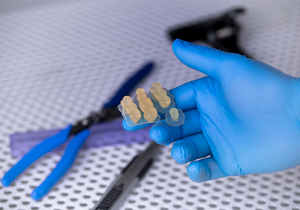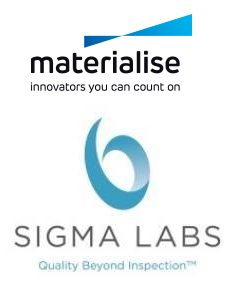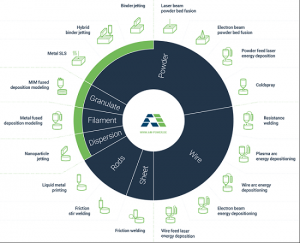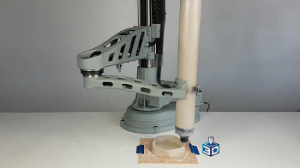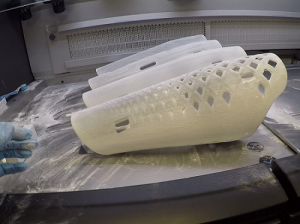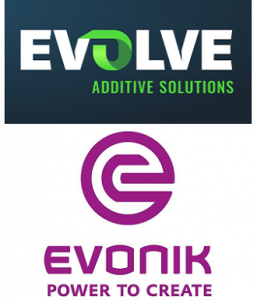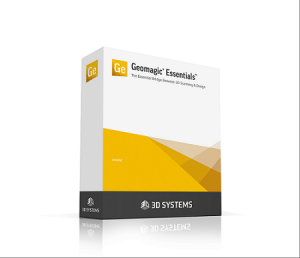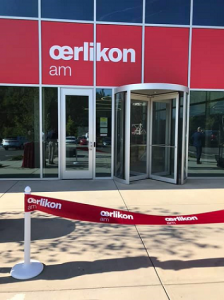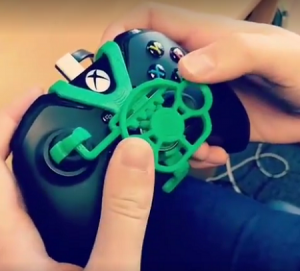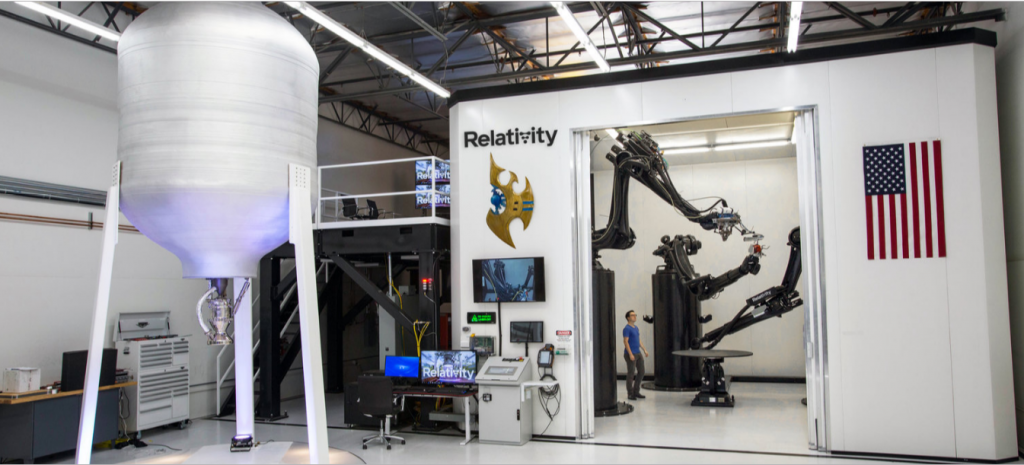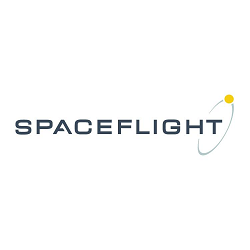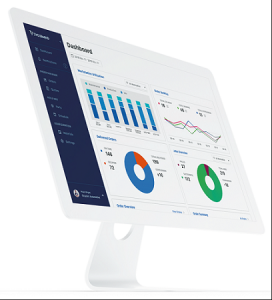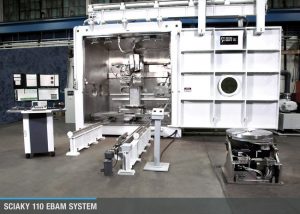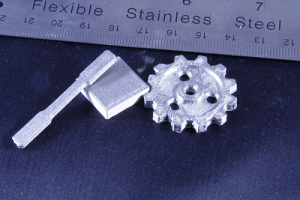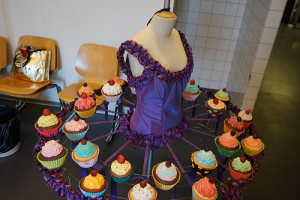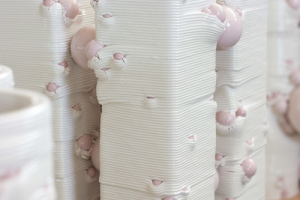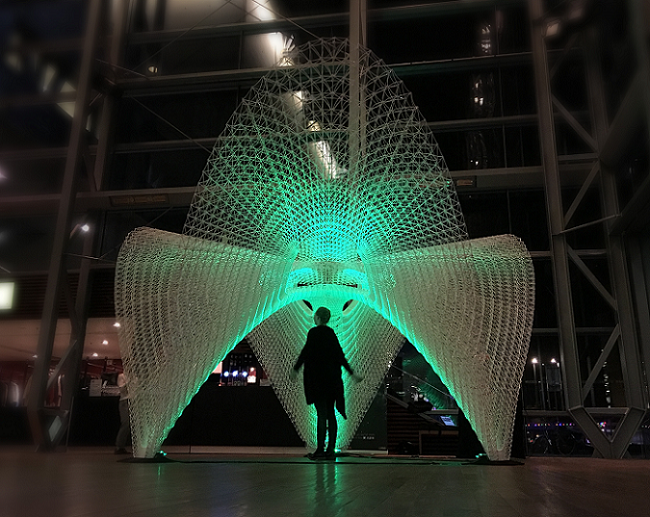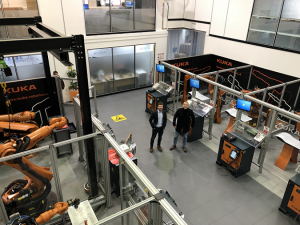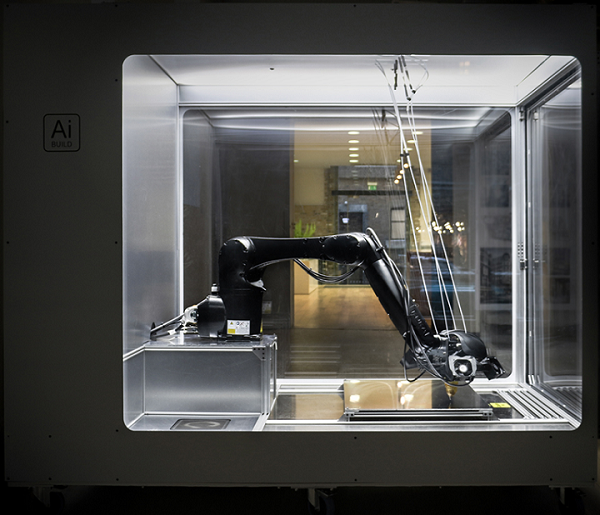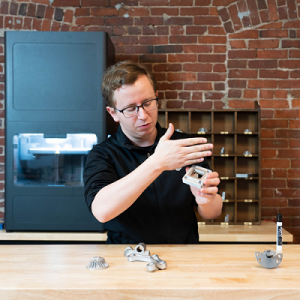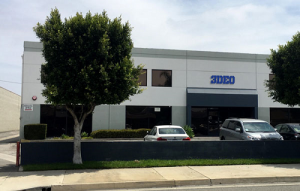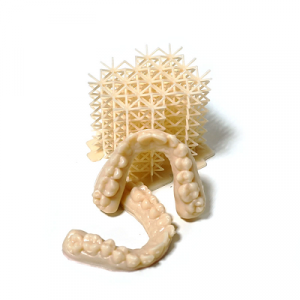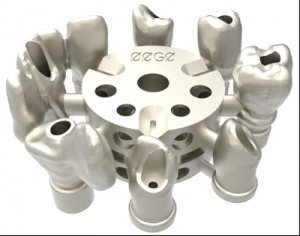We’re talking about events and business today in 3D Printing News Briefs. In November, Cincinnati Inc. is presenting at FABTECH, and Additive Manufacturing Technologies and XJet are heading off to formnext. Moving on, Thor3D has announced a new partnership with Rhinoceros.
Cincinnati Incorporated Showing at FABTECH
 Machine tool manufacturer Cincinnati Incorporated (CI) is going to FABTECH 2019 next month in Chicago, and plans on showcasing its recently announced partnership with Hendrick Motorsports, along with the #88 car driven by Alex Bowman, and its latest machines at the event. CI is now a full-season associate sponsor of the team’s four-car stable for the next ten years, in addition to its Official Metal Fabrication and Additive Equipment Provider. The racecar will be in booth #A2973 at the show, along with CI’s Hyform and AFX press brakes, Roboform cell, and new CLX laser, which was built specifically for automation-minded metal fabricators. The company’s high temperature Small Area Additive Manufacturing (SAAM HT) machine will be on display in booth #A3839, and its Medium Area Additive Manufacturing (MAAM) machine will make its official debut to the public.
Machine tool manufacturer Cincinnati Incorporated (CI) is going to FABTECH 2019 next month in Chicago, and plans on showcasing its recently announced partnership with Hendrick Motorsports, along with the #88 car driven by Alex Bowman, and its latest machines at the event. CI is now a full-season associate sponsor of the team’s four-car stable for the next ten years, in addition to its Official Metal Fabrication and Additive Equipment Provider. The racecar will be in booth #A2973 at the show, along with CI’s Hyform and AFX press brakes, Roboform cell, and new CLX laser, which was built specifically for automation-minded metal fabricators. The company’s high temperature Small Area Additive Manufacturing (SAAM HT) machine will be on display in booth #A3839, and its Medium Area Additive Manufacturing (MAAM) machine will make its official debut to the public.
“We’re ready to get to FABTECH and show the fabricating world what we’ve been up to in the past year. Walking through our facility, you can feel the energy and see the production happening. It’s exciting and it’s contagious, and we can’t wait to share it,” said Matt Garbarino, Director of Marketing Communications at Cincinnati Incorporated.
XJet Bringing Extended Carmel Product Line to formnext
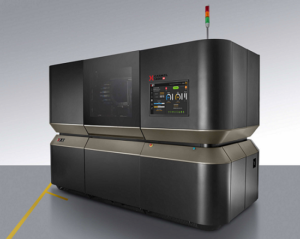 FABTECH isn’t the only show in November – formnext is taking place in Frankfurt from November 19-22, and XJet announced that it will be introducing two new versions of its Carmel 1400 3D printer at the event. The Carmel 1400M for metals and the Carmel 1400C for ceramics, both of which use XJet’s NanoParticle Jetting technology, are part of the company’s continuing work to, as XJet put it, “redefine metal and ceramic AM.”
FABTECH isn’t the only show in November – formnext is taking place in Frankfurt from November 19-22, and XJet announced that it will be introducing two new versions of its Carmel 1400 3D printer at the event. The Carmel 1400M for metals and the Carmel 1400C for ceramics, both of which use XJet’s NanoParticle Jetting technology, are part of the company’s continuing work to, as XJet put it, “redefine metal and ceramic AM.”
“Formnext is always a highpoint on XJet’s calendar. Each year we hit new milestones, and this is particularly evident at Formnext. From Formnext, XJet will offer two systems, the Carmel 1400C devoted to ceramics and the Carmel 1400M dedicated to metals. While both systems use the same NanoParticle Jetting technology, they are different and have been optimized to handle the different materials. Both will be demonstrated on our booth throughout the show,” said XJet’s CBO Dror Danai.
At Booth C01 in Hall 12.1 of formnext, XJet will demonstrate multiple applications and sample parts that showcase its NPJ technology for both metal and ceramic 3D printing. Representatives from the company’s distribution network will be on hand to answer question, and visitors can also enjoy an immersive, virtual reality experience into XJet’s NanoParticle Jetting at the booth.
Additive Manufacturing Technologies Presenting Modular, 3D Printed Booth at formnext
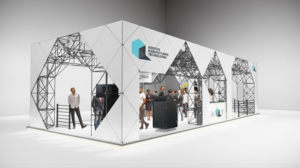 Sheffield-based Additive Manufacturing Technologies (AMT) will also be attending formnext as it officially exits stealth mode. The company will be showcasing a customizable, modular, and sustainable stand construction at the event, with over 6,000 3D printed parts that will connect 1,100 meters of aluminum tubing to create the booth, which was designed and constructed by Steel Roots Design. Materialise printed the parts out of Nylon PA 2200 material, using SLS technology by EOS, and they were then post-processed with AMT’s own PostPro3D platform. The lightweight parts have complex geometries, with moving features and internal threads that would have been impossible to create using another fabrication process.
Sheffield-based Additive Manufacturing Technologies (AMT) will also be attending formnext as it officially exits stealth mode. The company will be showcasing a customizable, modular, and sustainable stand construction at the event, with over 6,000 3D printed parts that will connect 1,100 meters of aluminum tubing to create the booth, which was designed and constructed by Steel Roots Design. Materialise printed the parts out of Nylon PA 2200 material, using SLS technology by EOS, and they were then post-processed with AMT’s own PostPro3D platform. The lightweight parts have complex geometries, with moving features and internal threads that would have been impossible to create using another fabrication process.
“The whole point of exhibiting at a show like Formnext is to demonstrate your technologies and capabilities. At AMT we don’t want to just tell people how good our technologies are, we want to really show them. Our unique stand will show how functional and sustainable 3D printed parts — even at higher volumes — can be utilised when using our automated post processing technologies,” stated AMT’s CEO Joseph Crabtree.
“This level of sustainability commitment is a fundamental principle for AMT at every level of the business. Every decision we make takes sustainability into consideration.”
See AMT’s 120 kg stand structure for yourself at Booth 361, Hall 12.1, at formnext next month. Once it’s been constructed, several other company innovations will be showcased inside, such as the automated Digital Manufacturing System (DMS).
Thor3D and Rhinoceros Sign Partnership Agreement for New Product
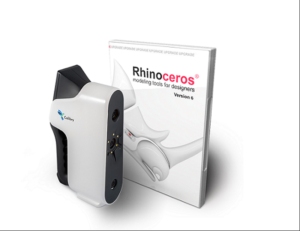 3D scanner manufacturer Thor3D and Rhinoceros software developer McNeel have signed a partnership agreement so that Rhino software can now be resold by Thor3D’s distribution partners, along with multiple plug-ins, in a bundle with the Calibry handheld 3D scanner. Rhino’s set of tools for analysis, animation, engineering, free-form 3D modeling, and engineering can now be supplemented by Calibray scans, which can be used as base models. In addition, the bundle can also be extended using Brazil and Penguin rendering software, the Flamingo nXt rendering engine, and integrated animation by Bongo.
3D scanner manufacturer Thor3D and Rhinoceros software developer McNeel have signed a partnership agreement so that Rhino software can now be resold by Thor3D’s distribution partners, along with multiple plug-ins, in a bundle with the Calibry handheld 3D scanner. Rhino’s set of tools for analysis, animation, engineering, free-form 3D modeling, and engineering can now be supplemented by Calibray scans, which can be used as base models. In addition, the bundle can also be extended using Brazil and Penguin rendering software, the Flamingo nXt rendering engine, and integrated animation by Bongo.
“Rhino software is widely known and used worldwide. Many of our customers already use it and our goal is to make it even more accessible to a wider audience. Engineers and digital artists alike, will find this software, in combination with our 3D scanners, extremely helpful in their day-to-day work,” said Anna Zevelyov, the CEO and Co-Founder of Thor3D.
Recommended retail price for the new Calibry and Rhino bundle will be €5,700.
Discuss these stories and other 3D printing topics at 3DPrintBoard.com or share your thoughts in the comments below.
The post 3D Printing News Briefs: October 10, 2019 appeared first on 3DPrint.com | The Voice of 3D Printing / Additive Manufacturing.

